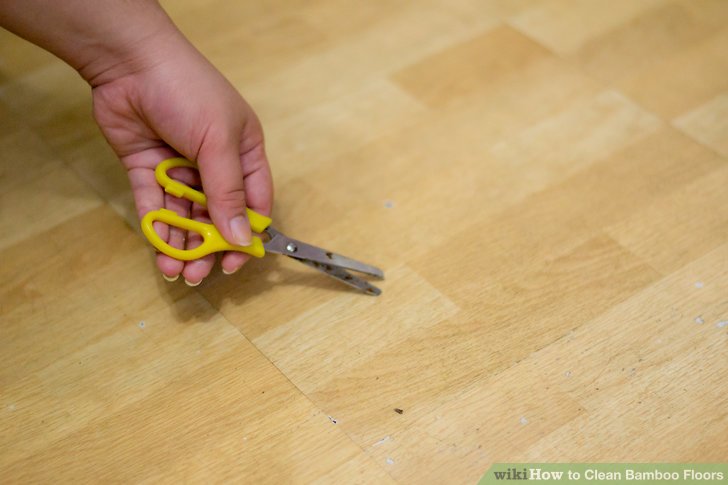
For decades, bamboo furniture and flooring have enjoyed wide popularity. Bamboo is not only fairly inexpensive compared to other woods, but is sustainable and resilient. Like all woody substances, if it gets soaked with water there will likely be damage. Repairing this damage may involve refinishing, resealing, or even replacement. The average homeowner can repair water-damaged wood themselves, but when dealing with bamboo there are certain steps which need to be followed to retain the beauty and resiliency of the material.
Water removal
The first step is to remove the water as quickly as possible. Use mops and a wet/dry vacuum to clean up the water. Fans can additionally help dry the floor, but do not use heaters. A heater can cause the finish on a bamboo piece to crack, buckle, or bubble.
If you have water under your flooring, you’ll need to get the advice of a water damage restoration professional. They may have gear that can pull water up from your bamboo flooring without the need to remove it.
Stain Removal and Repair
Most bamboo floors are heat treated and sealed in such a way that the wood is resistant to water. If water has managed to seep into the finish, causing stains, these can be removed through the application of a saturated solution of oxalic acid.
- Spread the oxalic acid solution over the stained area with a paintbrush. Let this solution sit on any affected area for approximately 1 hour. Repeat as necessary until you can no longer see the stain.
- Use a mixture of baking soda and water in order to neutralize and wash away the oxalic acid solution. Allow to dry overnight.
- With the grain of the wood, sand the affected area using medium or 120 -150 grit sandpaper.NOTE: Be sure to wear a mask to avoid breathing the dust. During the manufacturing process, glues and finishes which contain formaldehyde or urea are used. These glues and finishes require the use of a professional dust mask to avoid potential health risks from inhaling this dust.
- Vacuum the area to ensure that it is free of any dust and debris.
- Brush on a coat of polyurethane with a foam or sponge type of brush. Allow to dry, then sand lightly with fine or 220 grit sandpaper. Repeat and allow the final coat of polyurethane to dry for 48 hours before placing furniture or walking on the floor.
Restoring Bamboo Furniture from Water Damage
Like your floors, water can damage bamboo furniture. First, get bamboo furniture out of the water and in a place with a lot of airflow like an open garage. Do not expose your bamboo furniture to direct sunlight as it can increase the amount of damage. Once it is dry, follow these steps:
- Use 150 grit sandpaper to sand down any rough areas.
- Use a damp cloth to wipe down any dust and debris from sanding before applying a coat of clear polyurethane to the surface. Allow this to dry 24 hours.
- Sand lightly and apply a second coat of polyurethane if desired. Allow this to dry 24-48 hours.
- In order to further protect your bamboo furniture and preserve its beauty, use a fine furniture wax
and rub over the surface in order protect it from scratches and everyday wear and tear.
If you follow these steps, you should be able to restore your bamboo flooring and furniture if the water hasn’t penetrated deeply enough to cause rot.






